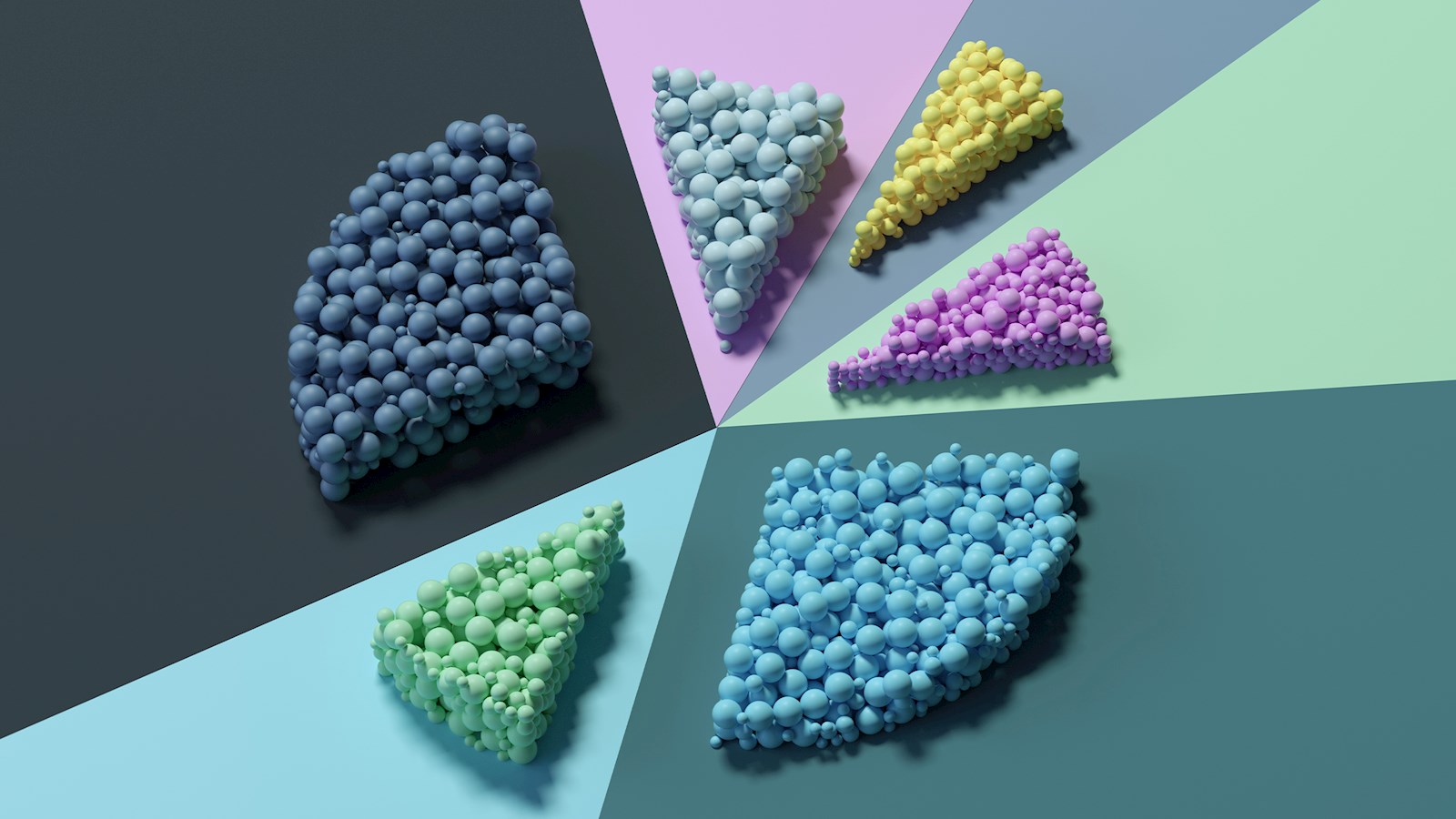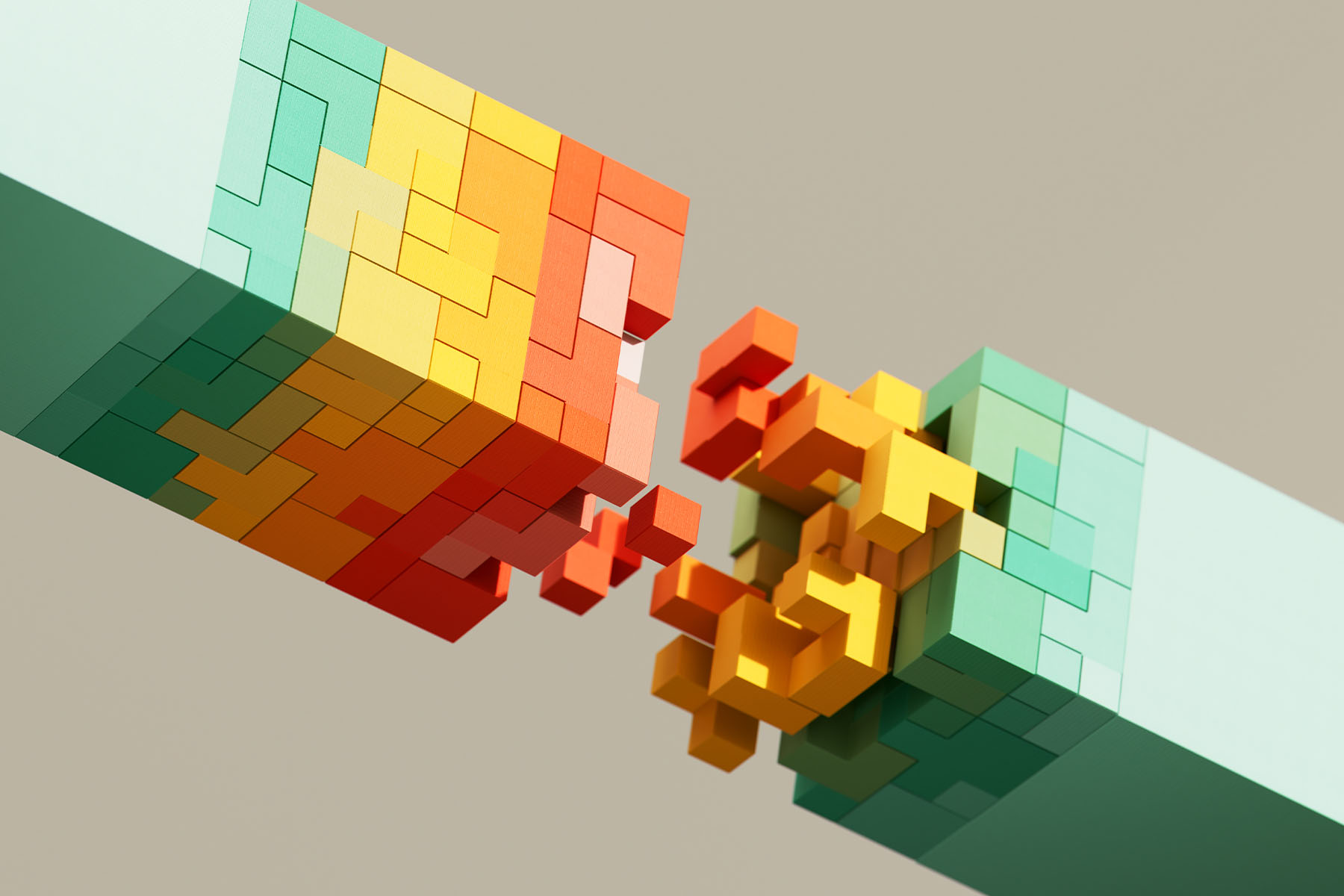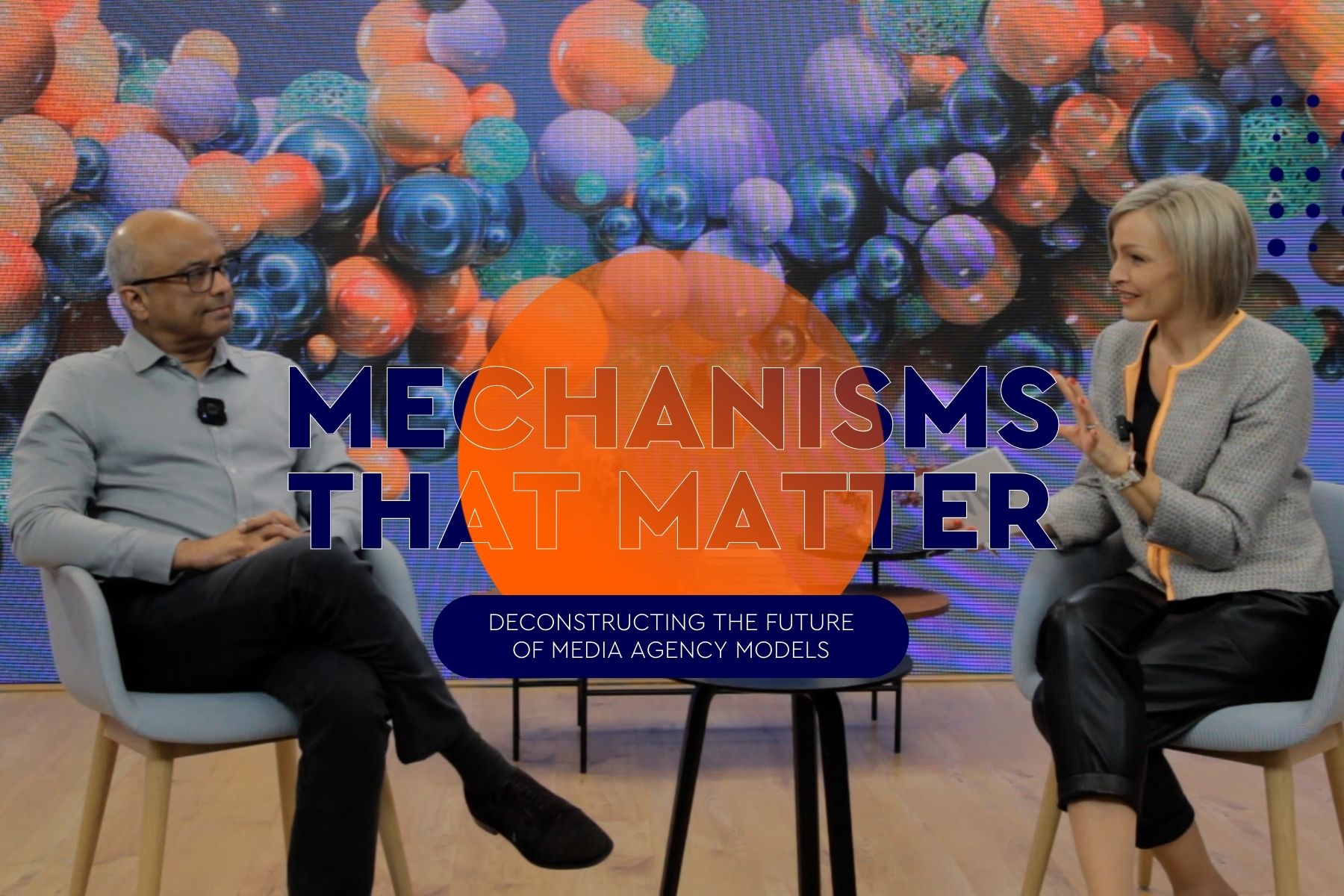
How brands can engage in the creator economy
Discover how creators are building direct-to-consumer businesses and transforming their relationship with brands
A multibillion-dollar industry called the creator economy has been built, seemingly overnight. As it booms, we should understand the role brands and advertisers play in a model powered by creators, not corporations.
What is the creator economy?
In the simplest terms, the creator economy is an economy built by creators, where individuals can build their brand, business or community on a digital platform to share their work with the world. According to SignalFire, there are now 50 million content creators. Independent creators such as writers, videographers and designers who can monetise their creations and personalities to earn a living.
With its rapid growth everyone is trying to find a space in this industry, which in 2021 alone has seen about $1.3 billion invested. It comprises of six main participants:
- Creators: individuals producing content
- Media platforms: where creators share content (e.g. YouTube, TikTok, Substack)
- Content creation tools: enable content creation (e.g. Canva, Adobe Creative Cloud)
- Venture capital firms: largely investing in creation tools and platforms
- Brands: partnering with creators through sponsorships and brand deals
- Audiences: supporting the creators they love
Creator vs. influencer
The term ‘creator’ is becoming as used as the once more popular term ‘influencer’. This change can be attributed to YouTube, an early player in monetising creator content and making it a credible career path. The platform cycled through different names for its stars and, in 2011, ultimately landed on creators, which has since been adopted across most platforms (e.g. TikTok stars are TikTok creators, Clubhouse users are audio creators).
What differentiates a creator from an influencer is somewhat nuanced and subjective. While an influencer leverages social media to gain a following and uses their influence to drive the purchasing behaviours of their audience, a creator loves the craft.
How do creators make money?
Creators use platforms like YouTube, Instagram and Twitch to monetise in such ways as ad revenue, live events, shoutouts, merchandise, tips from fans, and, most commonly, sponsored content.
Newer platforms like Substack, Patreon, OnlyFans and emerging applications with blockchain technology such as non-fungible tokens (NFTs) enable new ways to connect with and monetise their reach.
Sponsorship / brand deals: brand deals are large revenue drivers, creators can be paid by brands to talk, post and recommend products.
Advertising: advertising generates an additional income. YouTube uses a profit-sharing system for creators and advertisers.
Merchandise: everything from T-shirts to stickers creators are designing merchandise for their die-hard fans to rep their brand day to day. Merch can help evangelise a creator’s platform.
Crowdsourcing / donations: creators can set up ways for supporters to donate money directly using GoFundMe and Kickstarter or through tipping on platforms like Ko-fi and Buy Me a Coffee.
Subscriptions: subscription-based funding is possible with platforms like Pateron, Substack or OnlyFans which allows creators to charge a subscription fee.
NFTs: the popularity surrounding NFTs has begun to find its way into the creator economy. A non-fungible token is a unit of data stored on a blockchain that acts as a digital certificate verifying your ownership of a particular and unique digital asset. Photos, videos, audio and other types of digital files can all be NFTs. With NFTs beginning to play a role in the creator economy, digital art can, for the first time, be effectively owned and monetised - a struggle artists have faced for years.
A shift in power
The creator economy has developed a way for individuals to support themselves without solely relying on big brands or advertising agencies. Instead of looking to corporations, they can lean into communities. The major social platforms are now competing for creators - instead of the other way around.
Three things to consider if you’re looking to engage in the creator economy:
- Be authentic: ensure there is strong alignment between your brand and the creator’s community
- Build credibility: consider your previous contributions in a particular field
- Add value: build sustainable partnerships that provide long-term value for both your brand and the creator
published on
17 November 2021
Category
More in Communications

Healthcare communications – diverse, dynamic & different
Communicating about health and healthcare in APAC requires a nuanced and balanced approach

Mechanisms that Matter – How India is fuelling growth for global brands
CVL Srinivas tells Anna Hickey how WPP Open is fuelling a testbed for new working models, innovation, and automation.

Media in India: the future is now
Brands pursuing the Indian market must focus on personalised experiences and data-driven strategies

